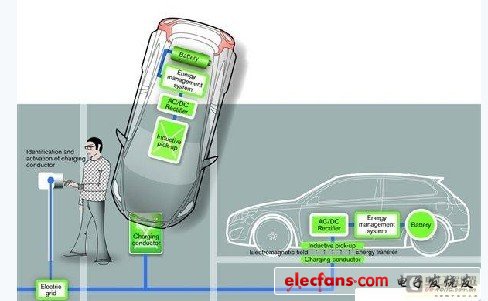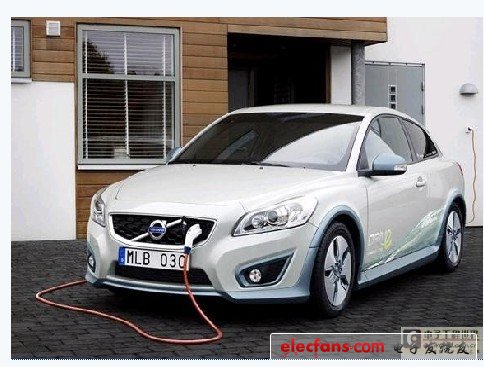Recently, Volvo Cars said it will launch a joint research project called CED (Continuous Power Transmission) and begin to inductively charge a Volvo C30 electric vehicle. It is reported that after using the inductive charging technology, the electric vehicle will not need a power outlet or a charging cable, thereby achieving direct charging from the road surface.
This article refers to the address: http://

In the inductive charging system, the charging board is buried underground, and the charging board is composed of a coil that can generate an electromagnetic field. When the car is parked above the charging board, the electric energy is directly transmitted from the charging board to the inductive receiver of the car in the form of alternating current. Then, it is converted into DC in the voltage converter in the car to complete the charging of the battery pack of the car. The advanced point is that the entire charging process does not require direct contact between the car and the charging pad.

Volvo said that if the inductive charging system can be successfully developed, it will greatly reduce the charging time. Take the Volvo C30 electric vehicle as an example. When the battery is completely discharged, fully charge the 24 kWh battery pack. It is expected to use only one. Hours and twenty minutes. It is reported that Volvo has begun to develop inductive charging technology. Can the system be used in the C30 electric car that was launched in 2013? let us wait and see.
The automotive wiring harness is the network body of the automotive circuit, and there is no automotive circuit without the wiring harness. Wiring harness refers to the contact terminal (connector) made of copper punched and crimped with the wire and cable, and then the outside is pressed with an insulator or an external metal shell, etc., and the wiring harness is bundled to form a component connecting the circuit.
Durable Automobile wiring harness cable
Huizhou Fibercan Industrial Co.Ltd , https://www.fibercaniot.com